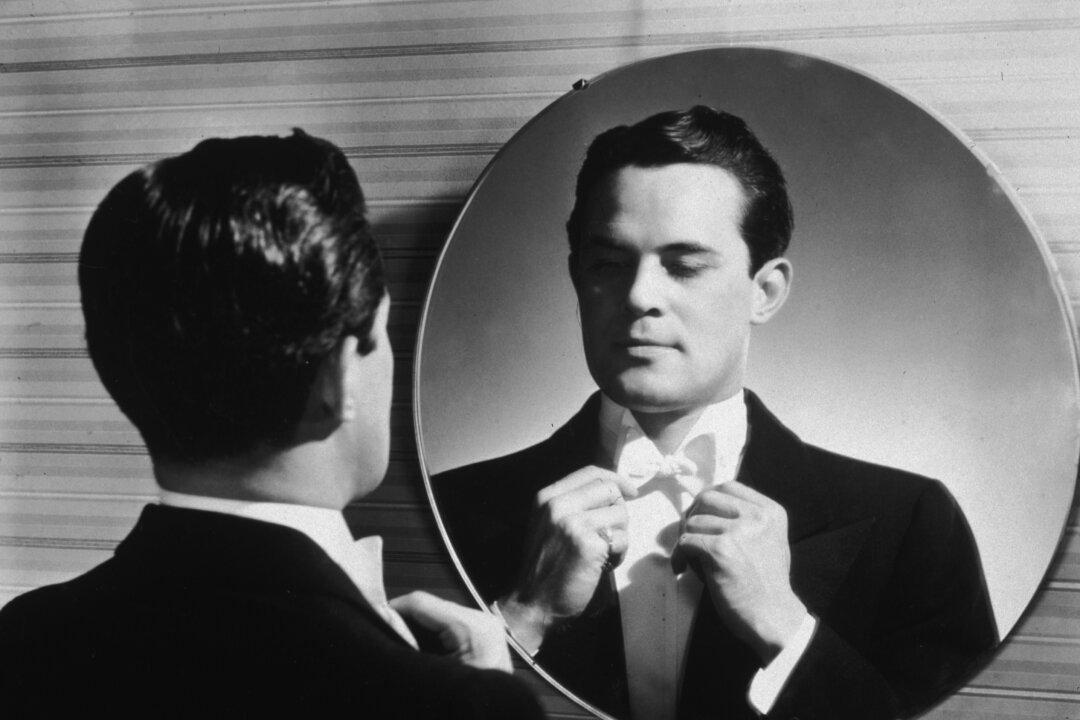Commentary
Why do academic researchers get the big bucks? To confirm with complicated and expensive studies what we already knew intuitively.

Why do academic researchers get the big bucks? To confirm with complicated and expensive studies what we already knew intuitively.